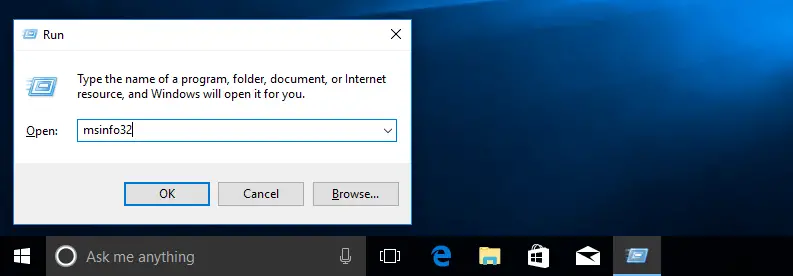

- #ARCH LINUX GRUB2 WINDOWS 10 UEFI INSTALL#
- #ARCH LINUX GRUB2 WINDOWS 10 UEFI DRIVERS#
- #ARCH LINUX GRUB2 WINDOWS 10 UEFI MANUAL#
- #ARCH LINUX GRUB2 WINDOWS 10 UEFI SOFTWARE#

fdisk: Create a partition with partition type EFI System.If none of these are relevant issues, the partition size can be as small as 2 MiB, in which case in could house nothing more than a boot loader.ĮFI system partition on a GUID Partition Table is identified by the partition type GUID C12A7328-F81F-11D2-BA4B-00A0C93EC93B.Ĭhoose one of the following methods to create an ESP for a GPT partitioned disk: For early and/or buggy UEFI implementations the size of at least 512 MiB might be needed. To prevent interoperability issues with other operating systems it is recommend to make it at least 300 MiB. The partition size should provide adequate space for storing boot loaders and other files required for booting.
#ARCH LINUX GRUB2 WINDOWS 10 UEFI SOFTWARE#
Warning: The EFI system partition must be a physical partition in the main partition table of the disk, not under LVM or software RAID etc. To confirm this is the ESP, mount it and check whether it contains a directory named EFI, if it does this is definitely the ESP.

I followed the old begginer's installation wiki. I disabled SecureBoot cause windows works well without it and I've had problems installing ubuntu with SecureBoot on. windows 10 installed on an SSD and arch installed on a HDD. FAT (or HFS+ on Macs or ISO-9660 on some systems)."
#ARCH LINUX GRUB2 WINDOWS 10 UEFI DRIVERS#
Additionally rEFInd can use drivers from the UEFI firmware i.e. rEFInd has drivers for (quoting from the wiki): "rEFInd has read-only drivers for ReiserFS, Ext2, Ext4, Btrfs, ISO-9660, HFS+, and NTFS.

If your kernel isn't find there, you're SOL. It can only load EFI binaries from the EFI partition. NOTE: I would recommend NOT using gummiboot/systemd-boot. Tl dr: Use a single EFI partition (and put rEFInd in there, it is not large, much smaller than kernel/initramfs) and configure rEFInd to point to the correct place to boot Linux.
#ARCH LINUX GRUB2 WINDOWS 10 UEFI MANUAL#
If it doesn't auto-detect for whatever reason, there is manual configuration as well. You just want to double-check refind_nf to ensure it's pointed at the correct root drive (this is where you would need to change things to your 2nd hard drive.) rEFInd is designed to automatically search all your drives for your /boot partition and automatically configure itself. If you can't fit your kernel/initrd in there, no problem. I've seen the wiki recommend 512MB but I was able to squeeze rEDInd, kernel, intitrd, and the Windows stuff in 100MB with 36.8MB to spare. If you're installing from scratch you may want to expand this.
#ARCH LINUX GRUB2 WINDOWS 10 UEFI INSTALL#
IMO the best way to go is to install Windows first. I think most people here are over-complicating things.


 0 kommentar(er)
0 kommentar(er)
